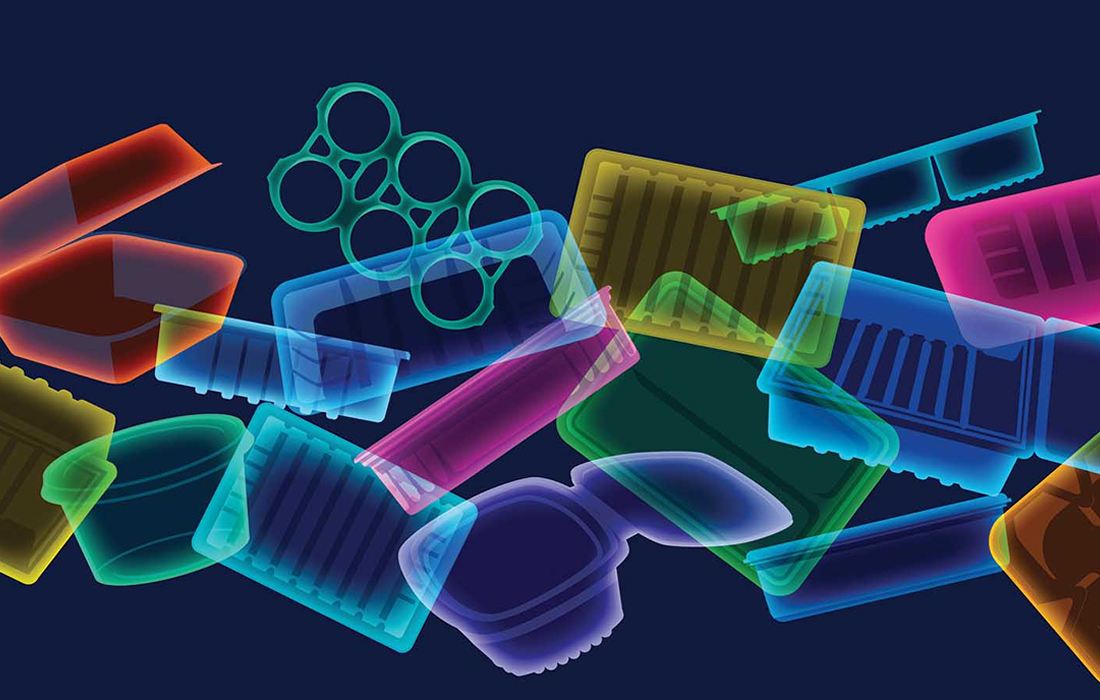Regenerative Medicine News and General Information
Prenatal Exposure to Phthalates Damages Reproductive Tissue
Phthalates are a family of chemicals that can be found in plastic and personal care products used by consumers every day and they are known endocrine-disrupting chemicals that can disrupt female reproduction.
They are found everywhere: building products, personal care products, food and beverage containers, and medical equipment.
Studies have shown an environmentally relevant phthalate mixture that affects female reproduction in a transgenerational manner.
There is limited information available on their effect of them on ovarian steroidogenesis and folliculogenesis. Ovarian steroidogenesis is important for producing hormones needed for reproduction and ovarian regulation, and folliculogenesis is essential for the development of ovarian follicles and successful fertility.
New Study on Female Mice
A study published in the journal Reproductive Toxicology tested the hypothesis that prenatal exposure to an environmentally relevant phthalate mixture adversely affects ovarian steroidogenesis and folliculogenesis in the F1 generation of adult female mice.
In the study, pregnant mice were orally given either a control or a phthalate mixture every day from the first day of pregnancy till birth. “The reproductive system of the offspring develops during this window. The mice are no longer exposed to any phthalates after they are born,” said Jodi Flaws (EIRH co-leader/MME), a professor of comparative biosciences.
Then the ovaries of the female offspring were collected 60 days after birth and the tissues and their hormone levels were analyzed.
The results of the research indicated that prenatal exposure to the phthalate mixture decreases hormone levels and gene expression, alters the transitioning of follicle types, and leads to a higher incidence of atresia in the F1 generation offspring.
They also saw that female mice whose mothers had been exposed to phthalates had lower levels of 3 hormones: estrogen, testosterone, and progesterone, which are important for normal fertility and tissue maintenance.
The researchers will continue their investigation to see whether male offspring are similarly affected and to see whether phthalate exposure affects other female reproductive organs.
The results of this study are important to increase the understanding of how phthalates can affect reproduction and different organs. More studies are needed toDiscovery see if their results translate to humans and to evaluate future strategies to prevent damage from these chemicals.
Sources:
Carl R. Woese Institute for Genomic Biology, University of Illinois at Urbana-Champaign. “Prenatal exposure to phthalates damages reproductive tissue in female mice.” ScienceDaily. ScienceDaily, 15 December 2021.
<www.sciencedaily.com/releases/2021/12/211215204101.htm>.
Sarah Gill, Emily Brehm, Kathleen Leon, Justin Chiu, Daryl D. Meling, Jodi A. Flaws. Prenatal exposure to an environmentally relevant phthalate mixture alters ovarian steroidogenesis and folliculogenesis in the F1 generation of adult female mice. Reproductive Toxicology, 2021; 106: 25 DOI: 10.1016/j.reprotox.2021.09.013
Image from:
https://health.howstuffworks.com/wellness/phthalates.htm

